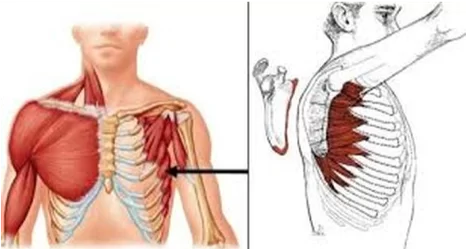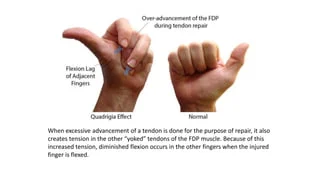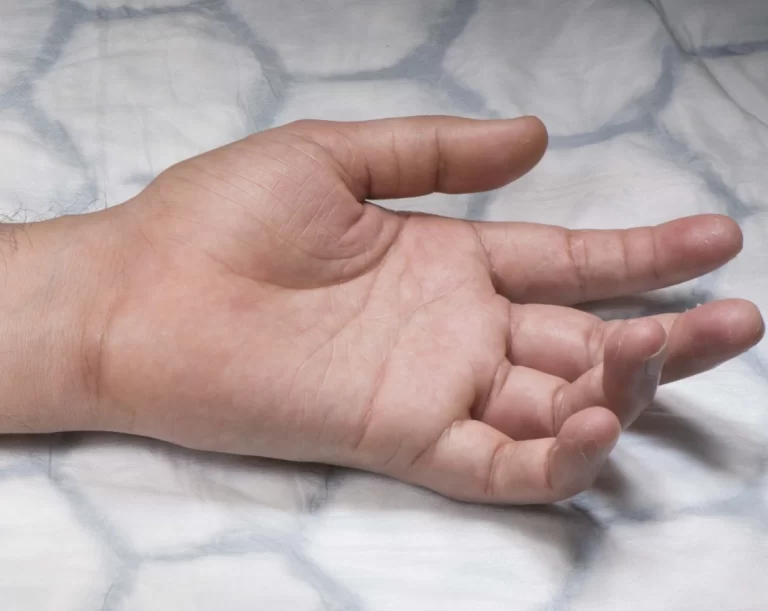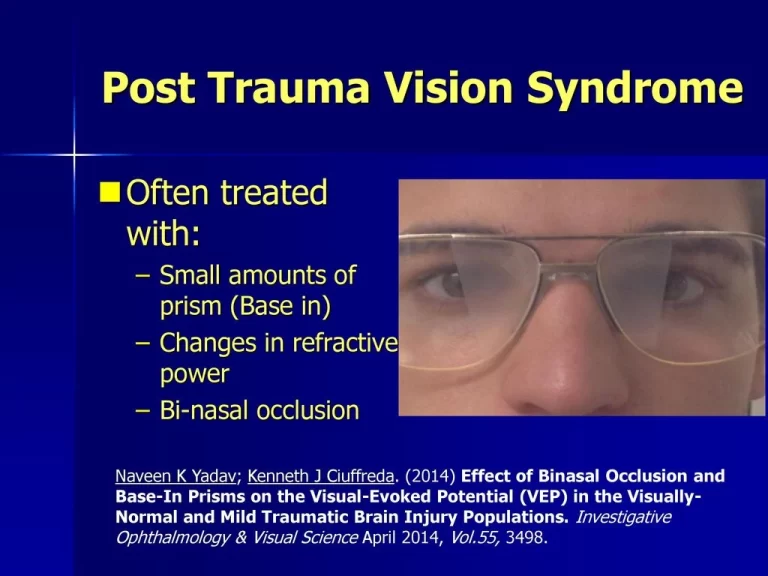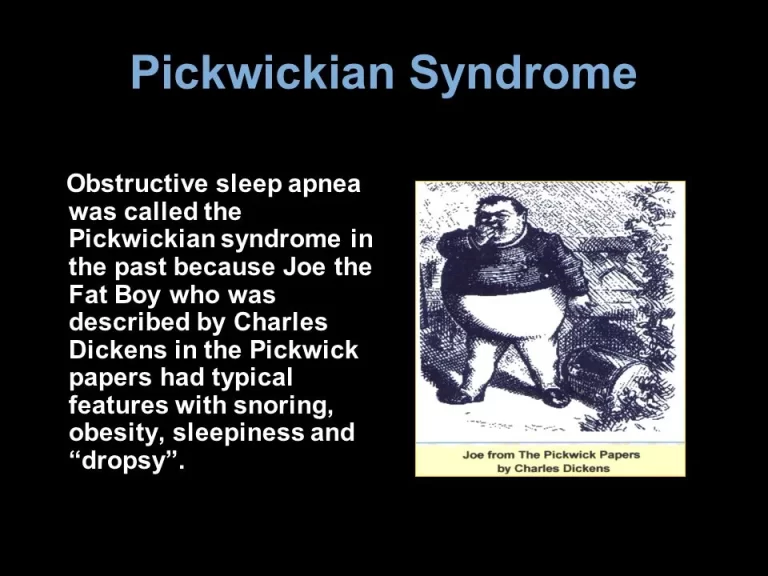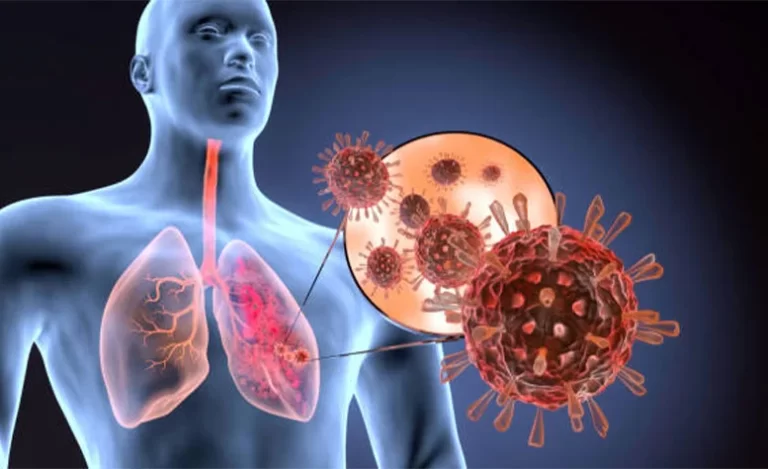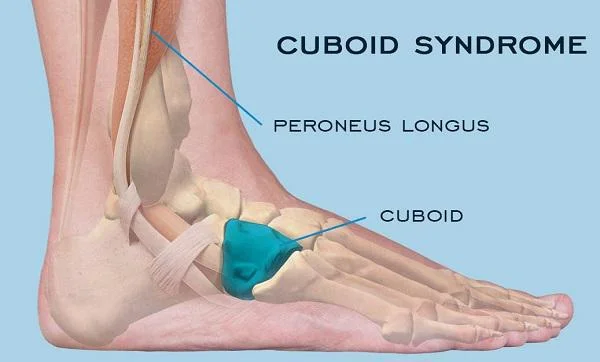Muscle Weakness
What is Muscle Weakness? Lack of exercise, aging, muscular damage, or pregnancy is the most prevalent causes of muscle weakness. It also chronic illnesses like diabetes or heart disease. Numerous additional conditions, such as multiple sclerosis, depression, fibromyalgia, and chronic fatigue syndrome, are also candidates as causes. Why do my muscles feel weak? A basic…


